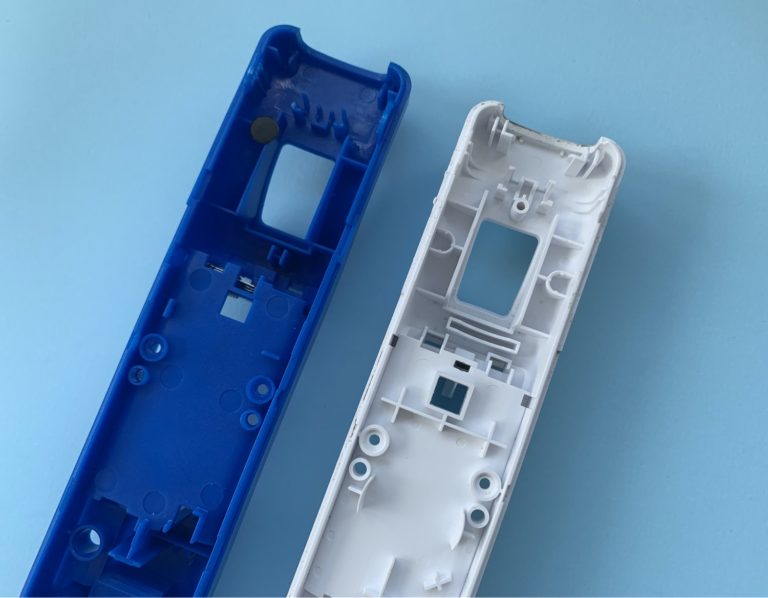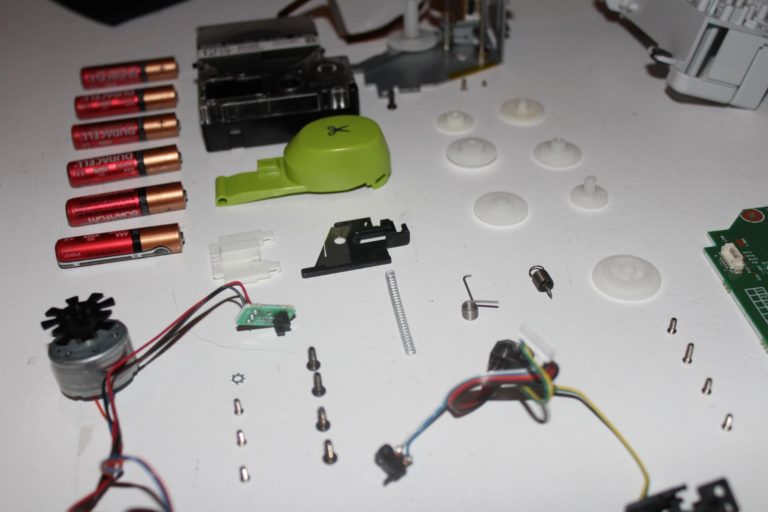In this clean-shaven teardown, we’re celebrating Father’s Day and looking at two different electric shavers—the Philips Norelco S9311 and the Braun series 7.
We put the two shavers head to head, with our first Fictiv employee to become a dad volunteering his face to see which one left the best shave. Then we put them head to head on the teardown bench, to see what makes each one tick.
The features of interest we found to drill into for this teardown are:
1. The manufacturing methods used.
2. The complexity of the mechanisms and assembly within each shaver.
3. The small details used to make these shavers feel like a polished product.
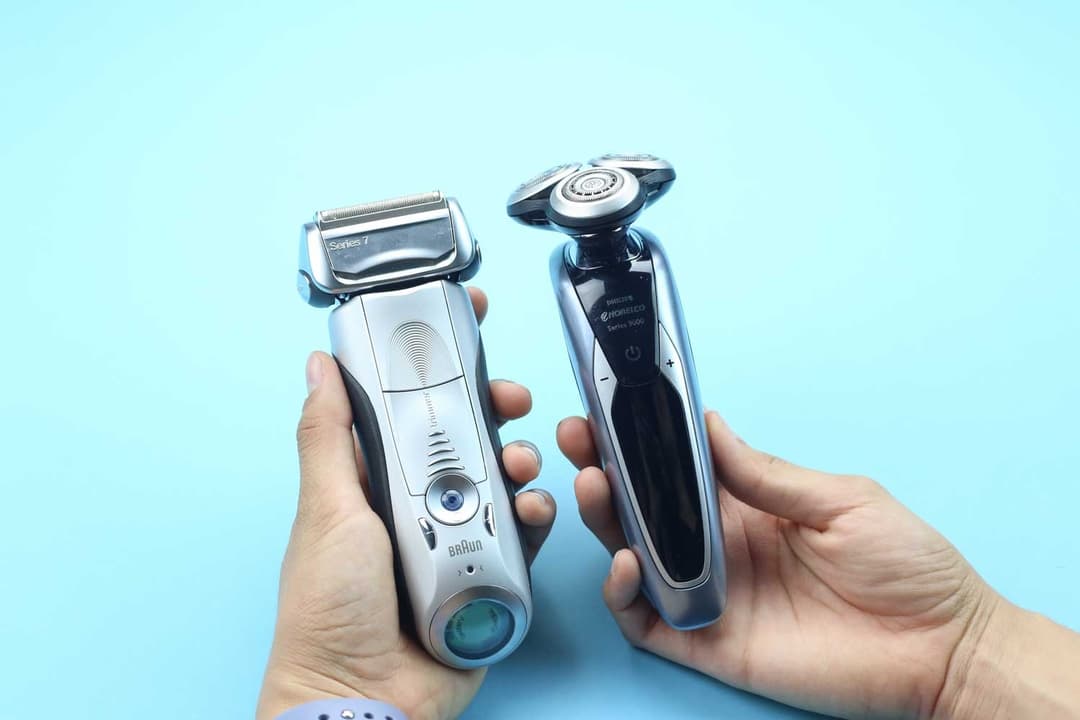
Manufacturing Methods
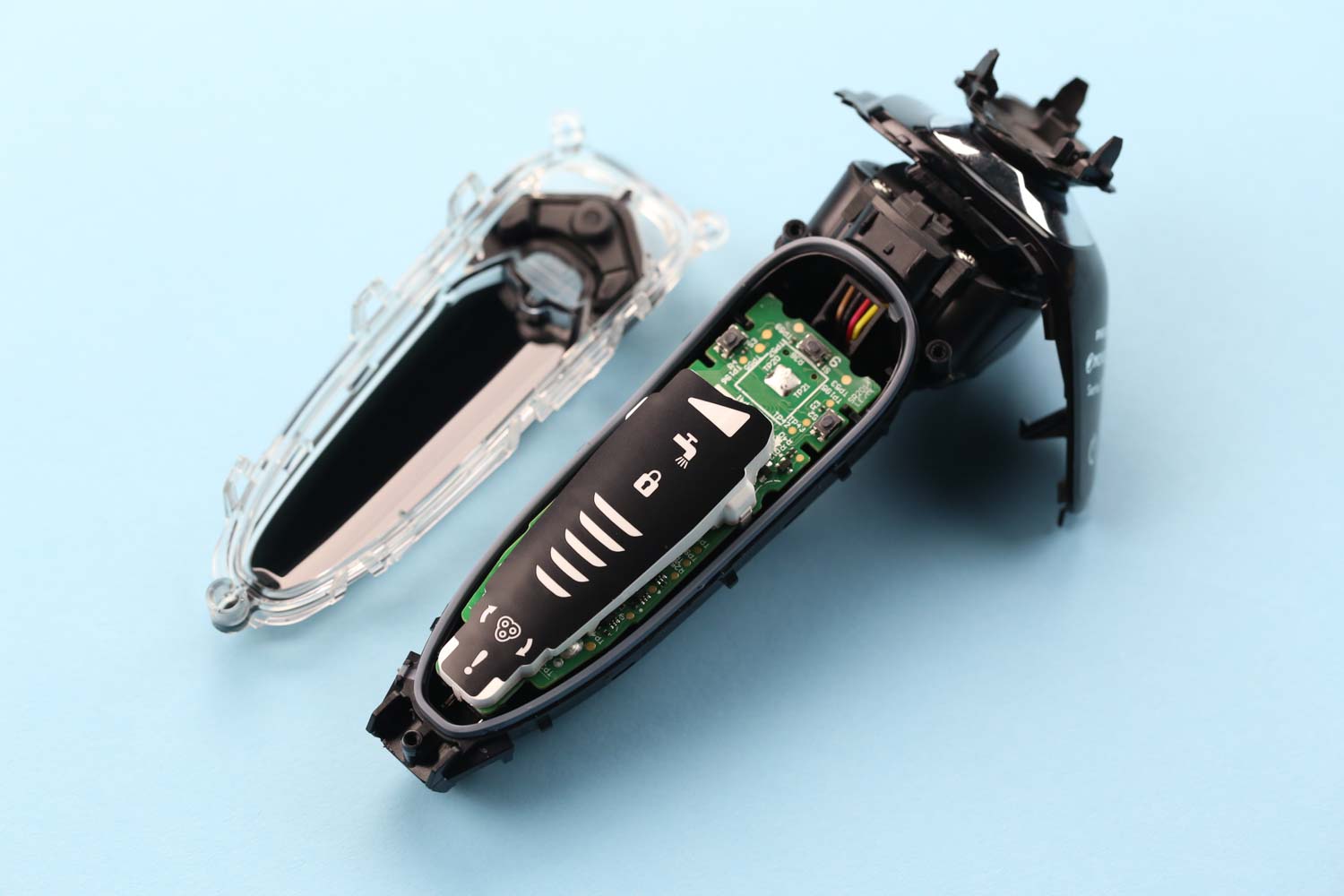
As we’d expect, most of the Philips Norelco S9311 electric shaver was made out of injection molded plastic, with a PCBA and a couple of sheet metal components thrown in.
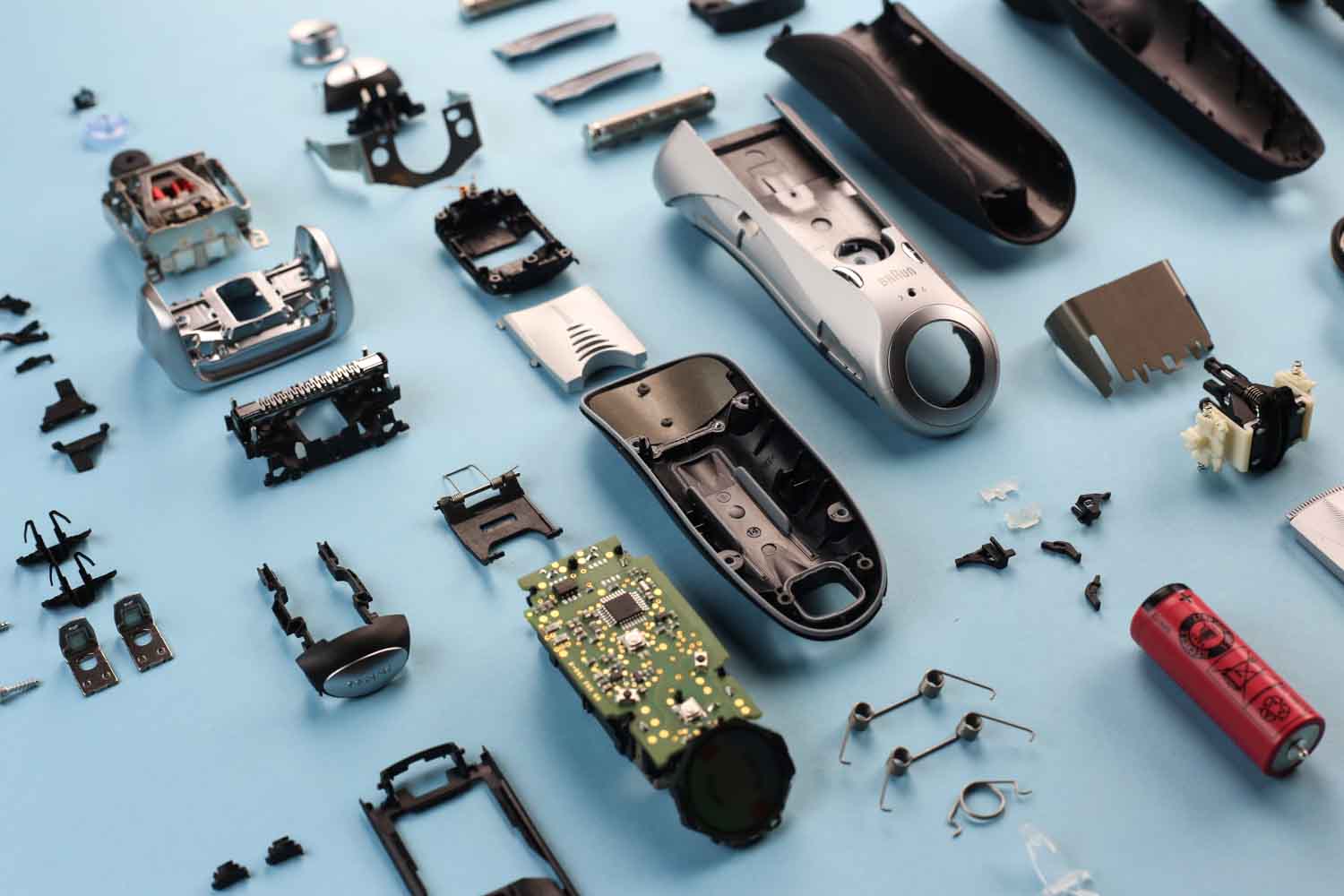
The IM parts have a variety of detail to them, with a range of materials and finishes. There are overmolded gaskets for sealing against water, insert molded pins for electrical contacts, and painted parts with masked symbols for the buttons. The display on the front is made by using white, thin-walled IM part with die cut sticker on top, which sits between LEDs on the PCBA and a clear plastic IM part that has a black tinted window.

The handful of metal components in the Norelco are 6 screws; some simple, thin-gauge sheet metal parts that snap fit into place; compression springs; and, of course, the blades and foils for actually cutting the hair.

The blade is the most complex part in the whole shaver, with tiny, sharp blades, lots of bends, and some tiny rivets holding the whole thing together.
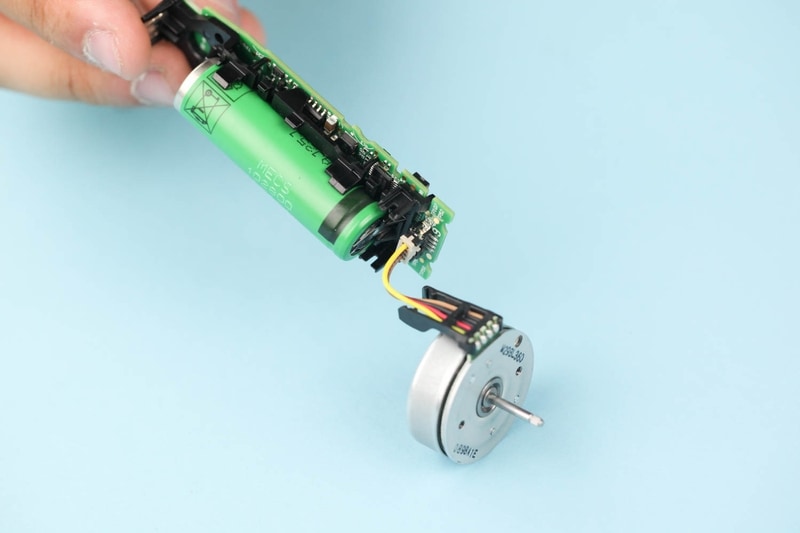
The actual cutting action is done by a standard stepper motor, like the type you’d find in a CD drive, powered by a lithium ion battery that’s soldered to a simple PCBA.
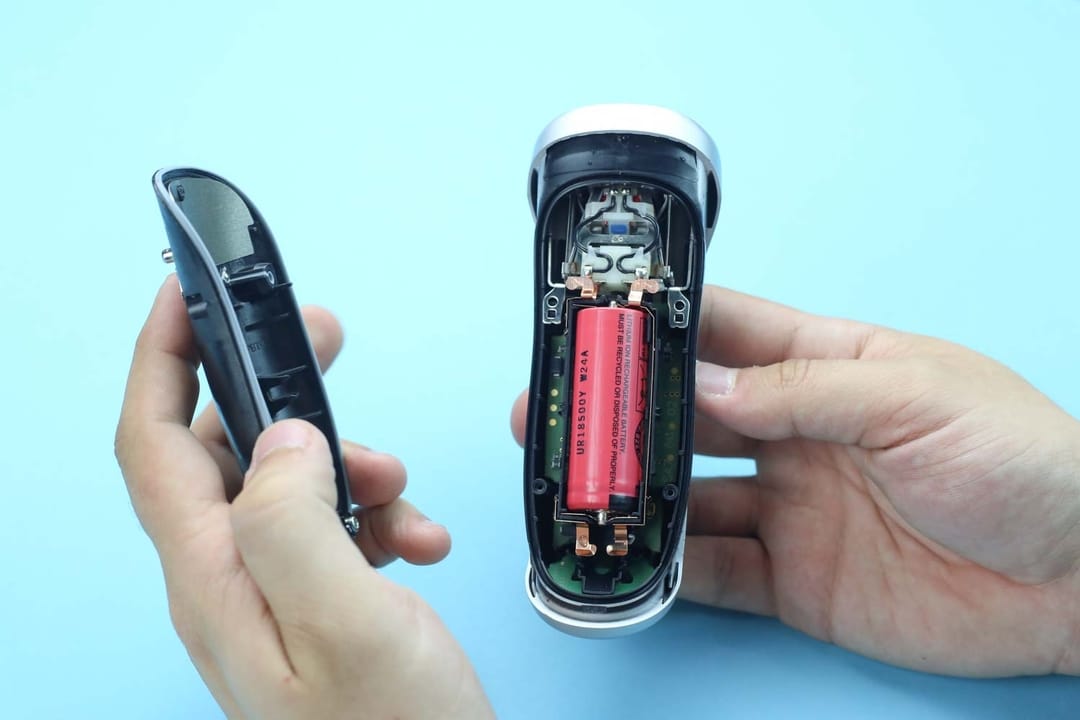
In what will become a trend in this teardown, the Braun Series 7 electric shaver is similar to the Norelco, just more involved.
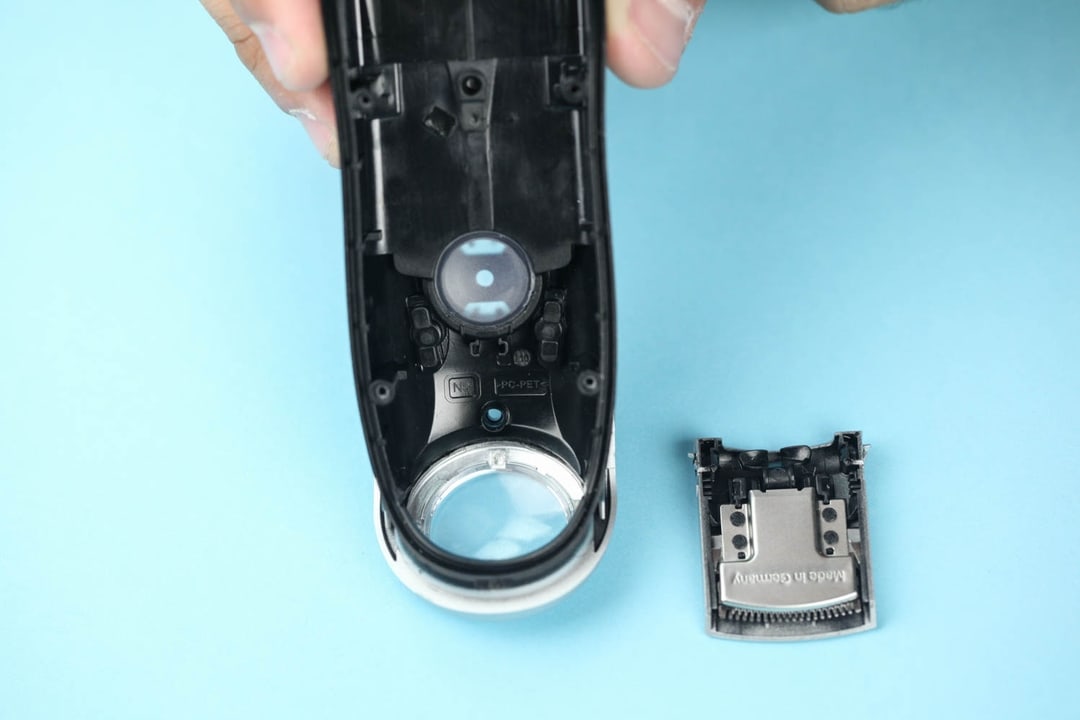
It chiefly makes use of injection molded parts, with overmolding, insert molding, painted parts, and clear optical parts. However, the Series 7 also makes use of heat staking and glue to hold itself together. It also has a wider mix of materials, and makes more use of stiffer-but-harder-to-mold glass filled plastics.
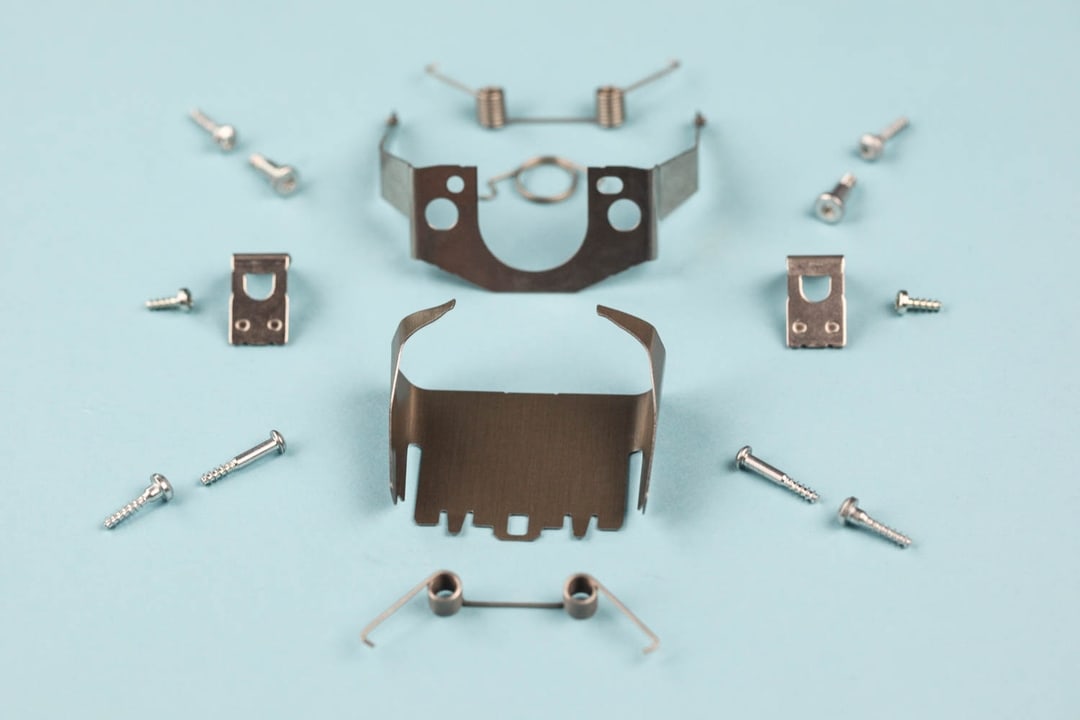
The Series 7 also has a much higher count of metal components, including more screws; riveted brackets; compression AND custom torsion springs; and some relatively heavy plates and brackets that add some heft to the overall product.

In addition to all the snap fits, there are several places in the head of the shaver where metal parts are bent to actually capture plastic parts, making a self-contained, yet movable, assembly.

The motor for this shaver is actually a custom linear oscillating motor, which is held together with rivets and lots of tiny welds, which are not seen as commonly in consumer electronics.
Complexity
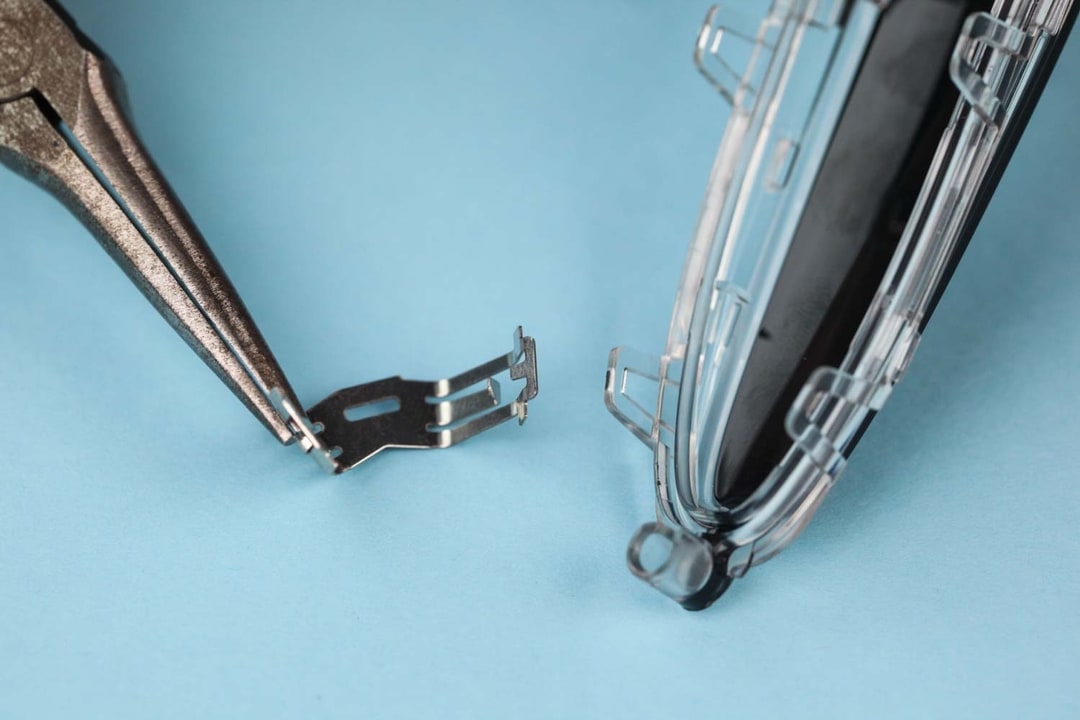
When it’s all laid out, the Philips Norelco actually looks fairly simple, from the large scale layout to the small details. There is, overall, a fairly low part count, with lots of redundant parts to simplify assembly and minimize the number of IM tools needed. Most of the parts themselves are also fairly simple, without overly thick walls or the need for lots of side actions.
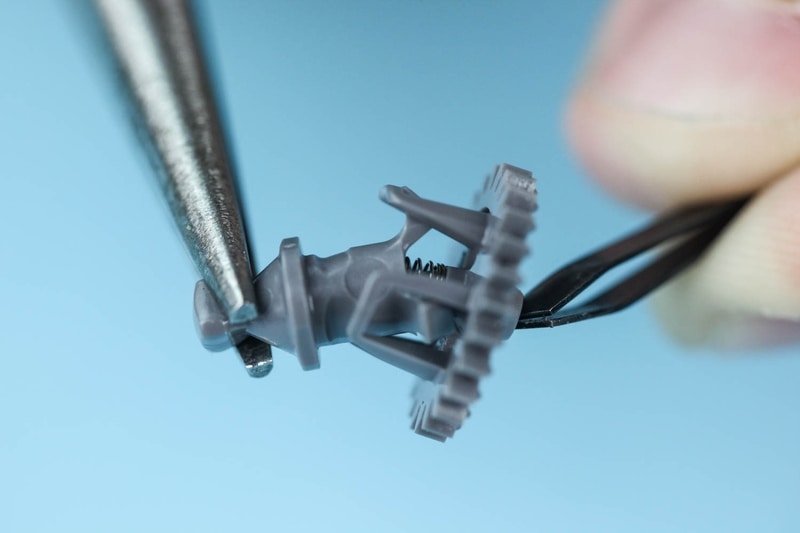
Heavy use of snap fits in both the plastic and metal parts allows for a reasonable amount of tolerance in the parts for assembly and also minimizes the number of tools needed. The moving actions in the head of the razor are all achieved by making parts that have a large amount of clearance relative to each other and simply return to their desired position via compression springs. This means most of the moving parts don’t require tight tolerances to achieve a complex range of motion.

The electronics in the Norelco are simple enough that they actually still function when the whole thing is torn down, meaning that, for once, we could actually put a teardown back together and still use it.
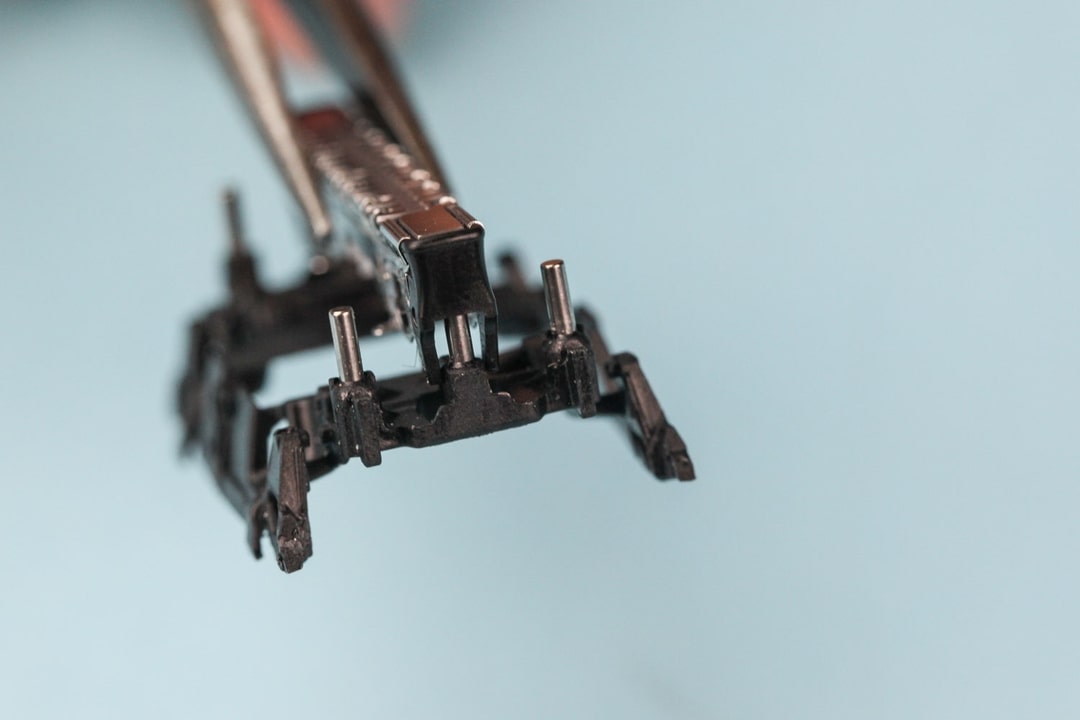
The Braun Series 7 electric shaver is, surprisingly, one of the more complex things we’ve torn down. Just looking at the bill of materials, the Series 7 has a much higher part count than the Norelco, particularly when you include all the springs, pins, and fasteners on top of the IM parts. The motion mechanisms in the head use pressed in steel pins, slots, and tabs to constrain the moving parts and make sure they move tightly along one axis.

The PCBA is much more complex, with a removable battery that connects to some bent copper plates rather than standard wires, and a flexible area to allow the display to be angled relative to the rest of the board. The linear motor used is also much more complex than a standard stepper motor, due to its more custom nature.
Quality
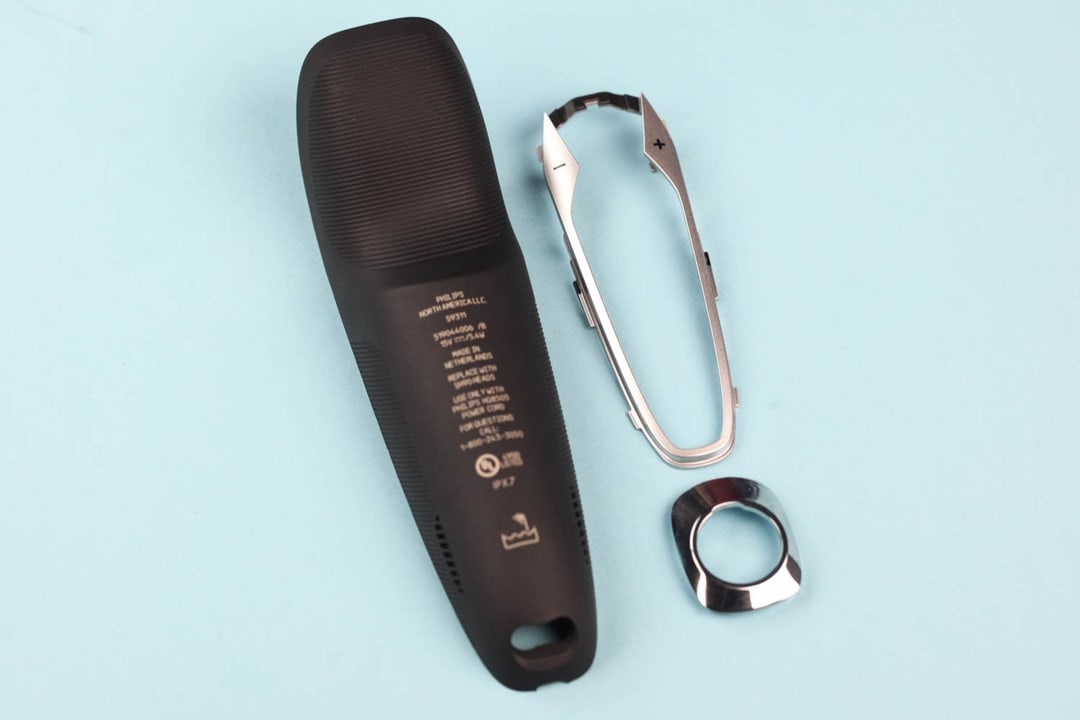
While the Philips Norelco electric shaver has the normal bits of polish you’d expect (soft touch, thermoplastic elastomer handle, silver painted and chrome coated parts), it has several other details and design choices intended to win over the customer.

The cutting head has several degrees of freedom and is pretty compliant and easy to move, which creates the feeling that the head is more conforming and will get closer to your face for a nice shave. There is only one small area under the blades where water and hair can get in, meaning it’s very easy to clean, and there is less possibility of the inside of the shaver getting contaminated and breaking down.
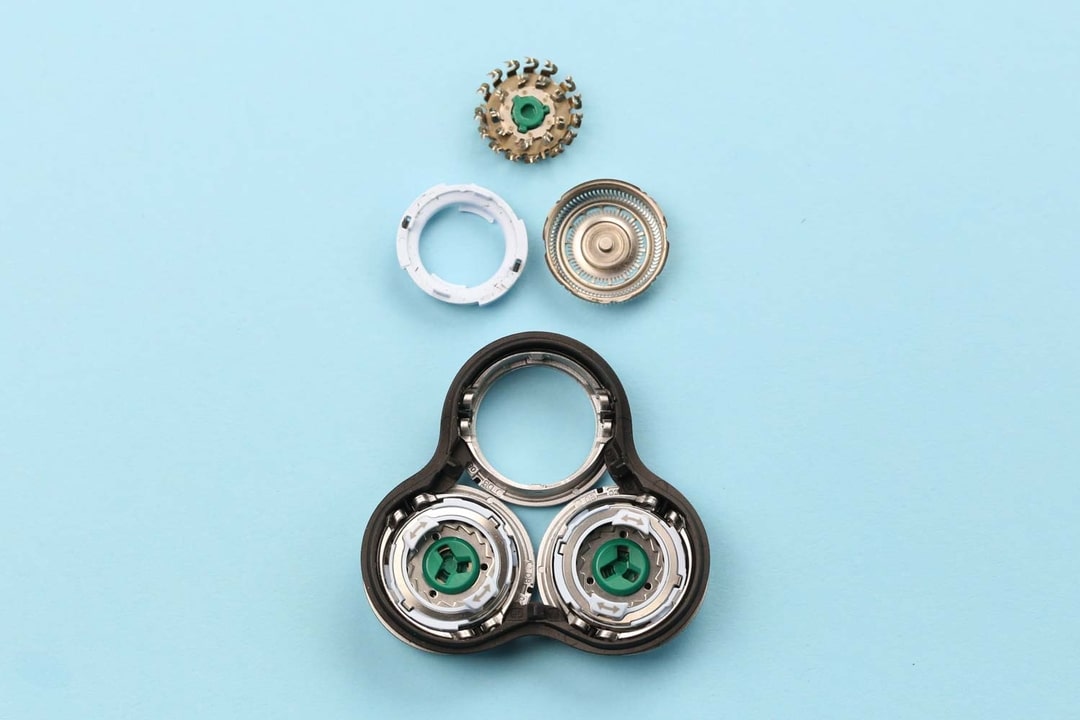
Only the blades and foils need to be replaced when they wear out, so the customer doesn’t have to throw away a lot of material when they get a new head.
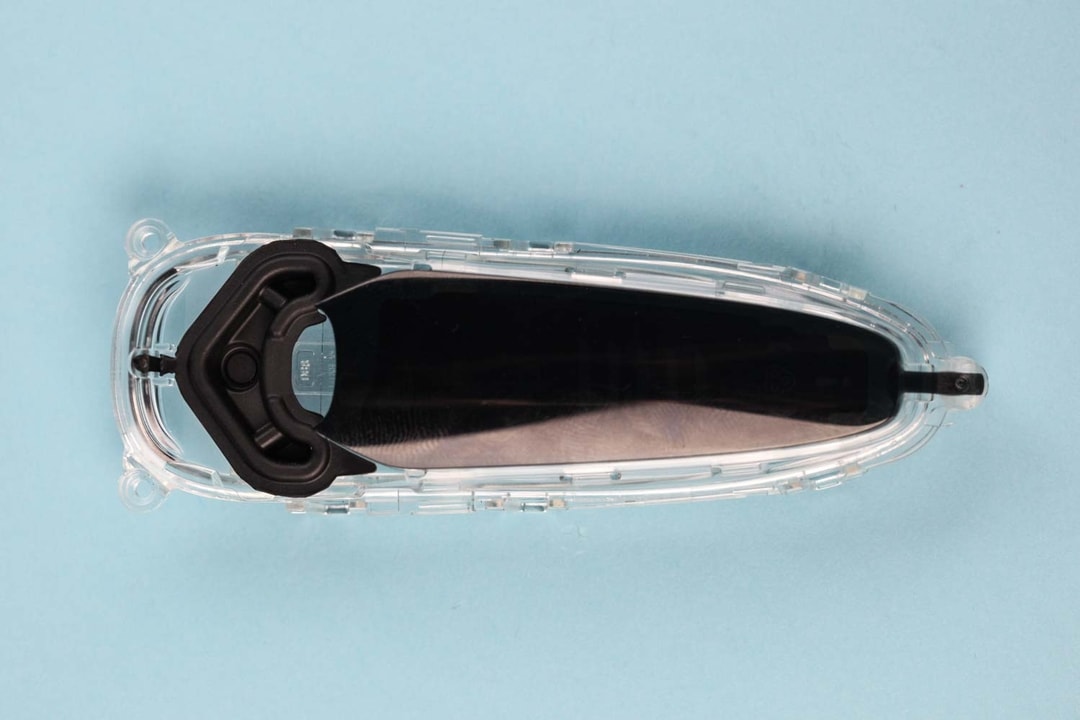
The dead fronted display is bright, and is completely hidden when the razor is off, which makes for a nice, clean look.
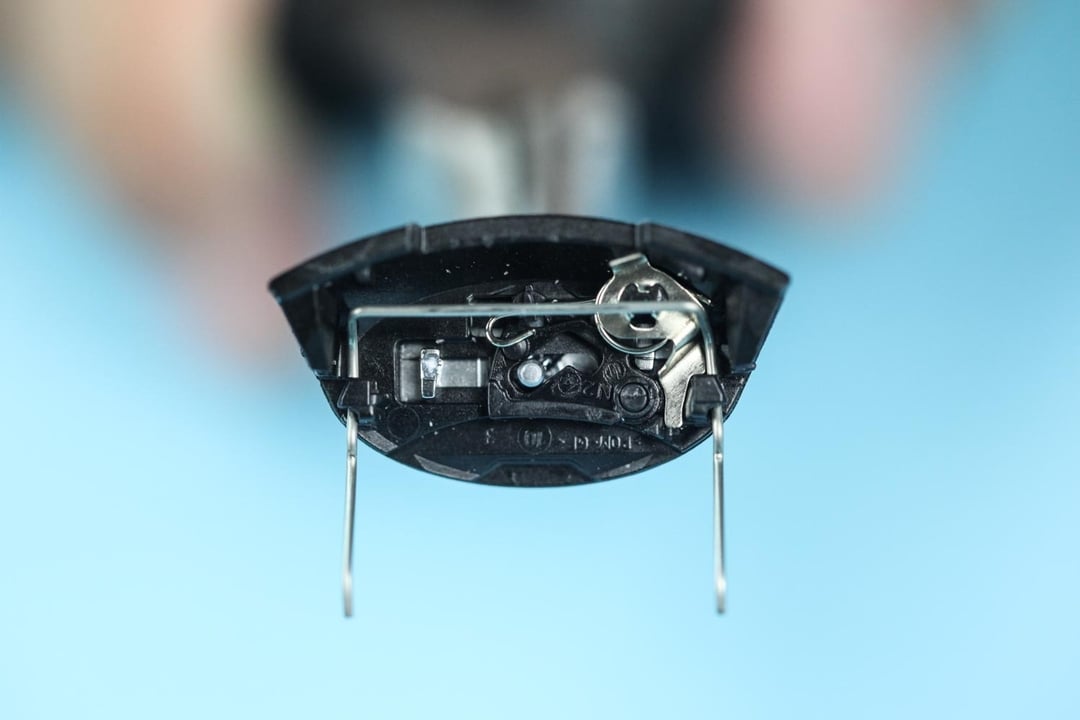
Given all the detail that went into the Braun Series 7 electric shaver, it’s no surprise that they all add up to a well polished product. The use of steel pins and plastic bearings on all the motions make for a very smooth, strong feel.

The use of spring loaded cams ensures that everything locks into place in a satisfying way, whether it’s locking the head in place or slapping in a new blade and foil cartridge. There are two steel plates added into the shaver, just for the sake of adding weight, which makes the product feel more substantial.
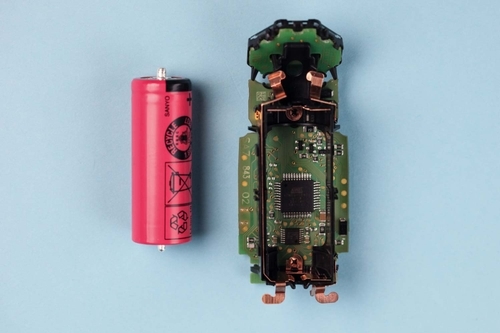
Speaking of weight, the larger lithium ion battery also adds more weight and is technically removable, so if it dies, it’s possible to keep the shaver alive (just make sure you put the battery back in correctly!).

The use of an actual LCD display, enclosed under a protective plastic dome, makes the shaver feel more like an electrical tool.
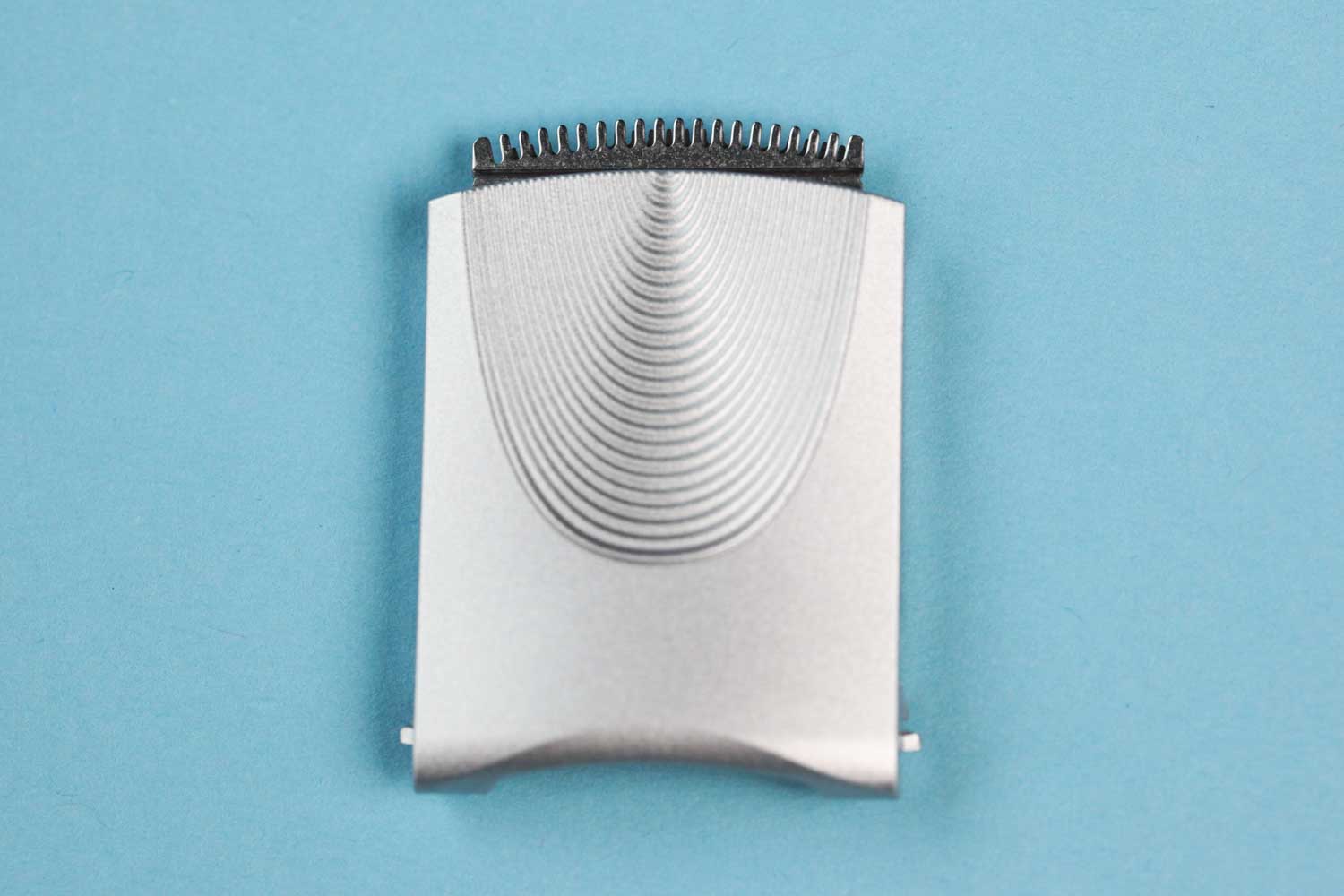
Most importantly, the Series 7 includes a flip-out trimmer, so you can actually get your beard to a length where the cutting head is useful!
Main Takeaways
These two electric shavers are a good example of two products taking different approaches to the same problem, yet ending up with similar solutions. Both shavers cost more or less the same amount of money, and thus presumably are worth the same amount to customers.
On the one hand, we have the Philips Norelco electric shaver, which has a simpler design that is easy to manufacture and cheaper to produce, thus creating a higher margin for Phillips.
On the other hand, we have the Braun Series 7 electric shaver, which is a more complex, finessed, and expensive product to produce, but is more satisfying to use and thus creates more customer satisfaction for Braun.










